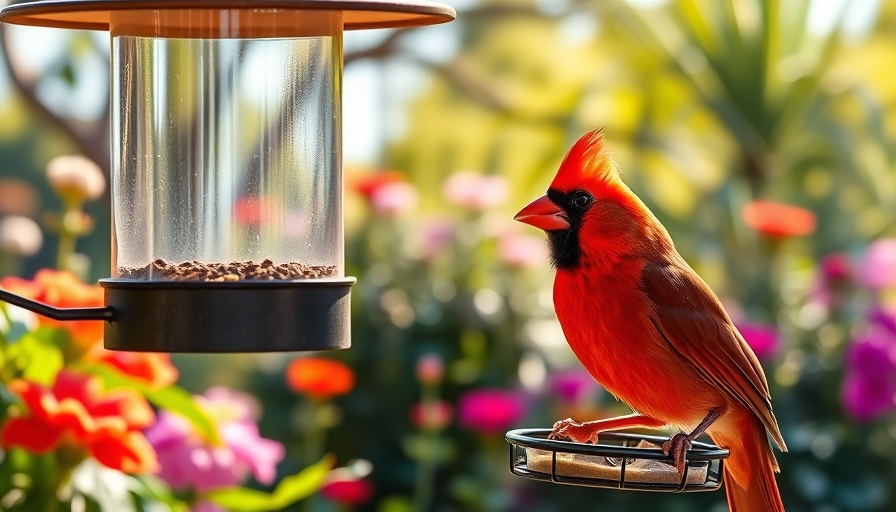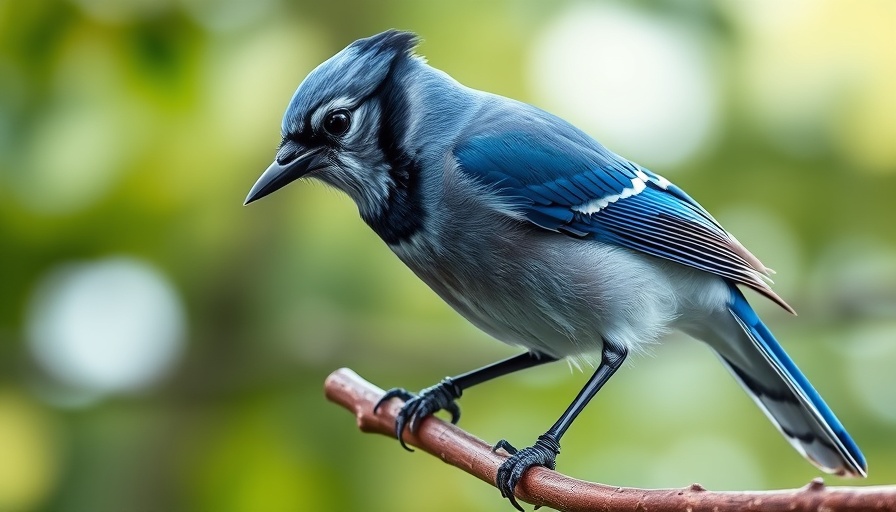
Why Birds Leave Feeders in Summer: Understanding the Natural Shift
If you’ve noticed your beloved backyard feeders become quiet during the summer months, you’re not alone. The transition from a vibrant feeding frenzy to a sparse scene often leaves bird enthusiasts scratching their heads. One of the main reasons is the abundance of natural food sources available during this season. Summer offers a smorgasbord of berries, seeds, and insects—nutrients that are particularly important for nestlings needing protein to thrive.
Nesting Struggles: The Birds’ Summer Challenge
Summer also coincides with nesting priorities. Many birds are busy raising their young, leading them to shy away from feeders. Instead of seeds, the demand for protein-rich insects rises to support fledglings. Observing this shift isn’t just part of nature; it reflects the critical role each season plays in avian life cycles.
Finding Safety in Familiar Habitats
Predator pressure is another factor making birds wary of feeders in open spaces. With nests to protect, they instinctively choose safer, hidden locations to forage. If feeders are easily accessible to predators like cats or hawks, birds will simply avoid them altogether, opting instead to scout for food in safer environments.
How to Reinvigorate Your Summer Feeders
While nature provides a robust buffet in summer, as a bird lover, there are ways to coax your feathered friends back. Start by diversifying the menu at your feeders. Birds are enthusiastic about fresh foods; adding live mealworms or slices of fruit can make all the difference. Additionally, offering clean water in a birdbath promotes hydration amidst the summer heat, attracting more birds.
A safe space is essential for attracting birds back to your feeders. Consider placing them in sheltered areas with natural cover nearby, allowing birds to feel secure while they eat. With these adjustments, you’ll not only see an uptick in activity but also foster a more inviting environment for your summer visitors.
Conclusion: Embrace the Summer Roost
Understanding the reasons why birds leave feeders in summer empowers you to adapt your approach. From enriching their diet to ensuring their safety, small changes can lead to big results in attracting and enjoying our avian companions. So, while they may be competing with nature’s cache for food, with a little patience and creativity, you can still enjoy the lively sights and sounds of birds in your backyard.
 Add Row
Add Row  Add
Add 




Write A Comment